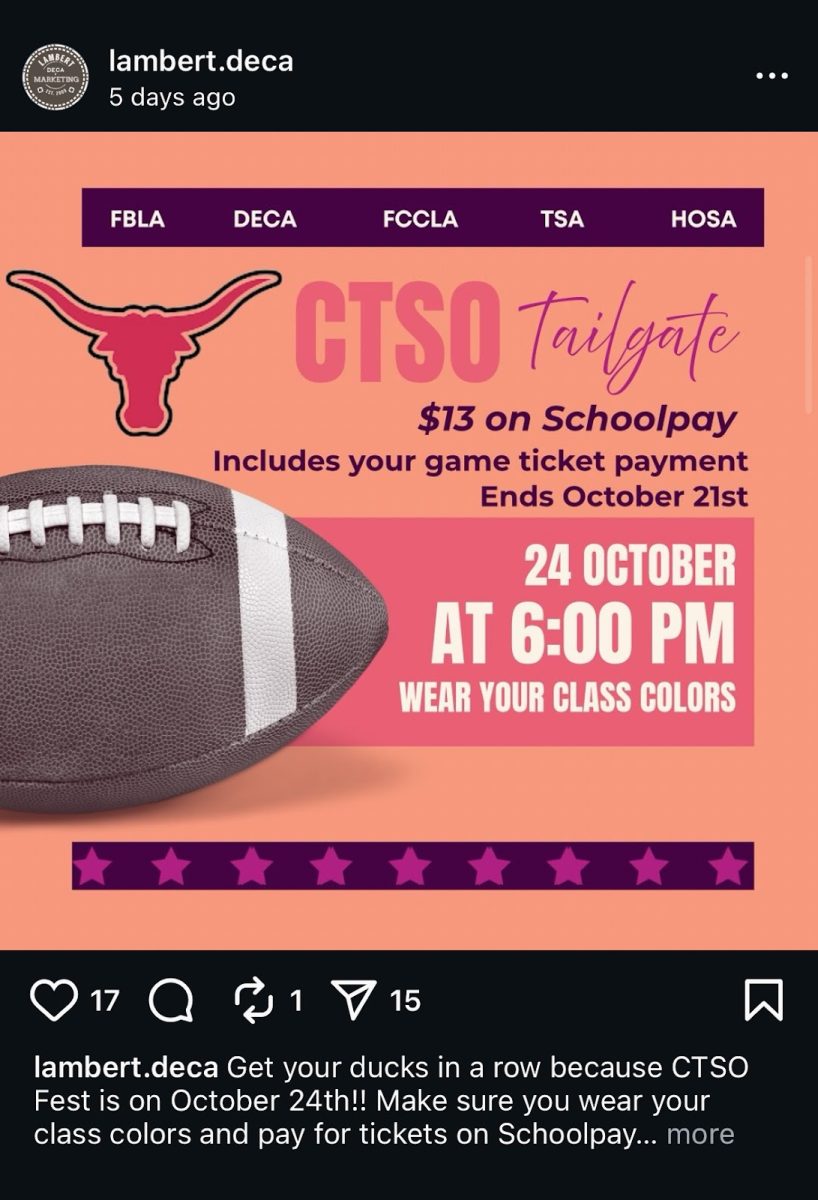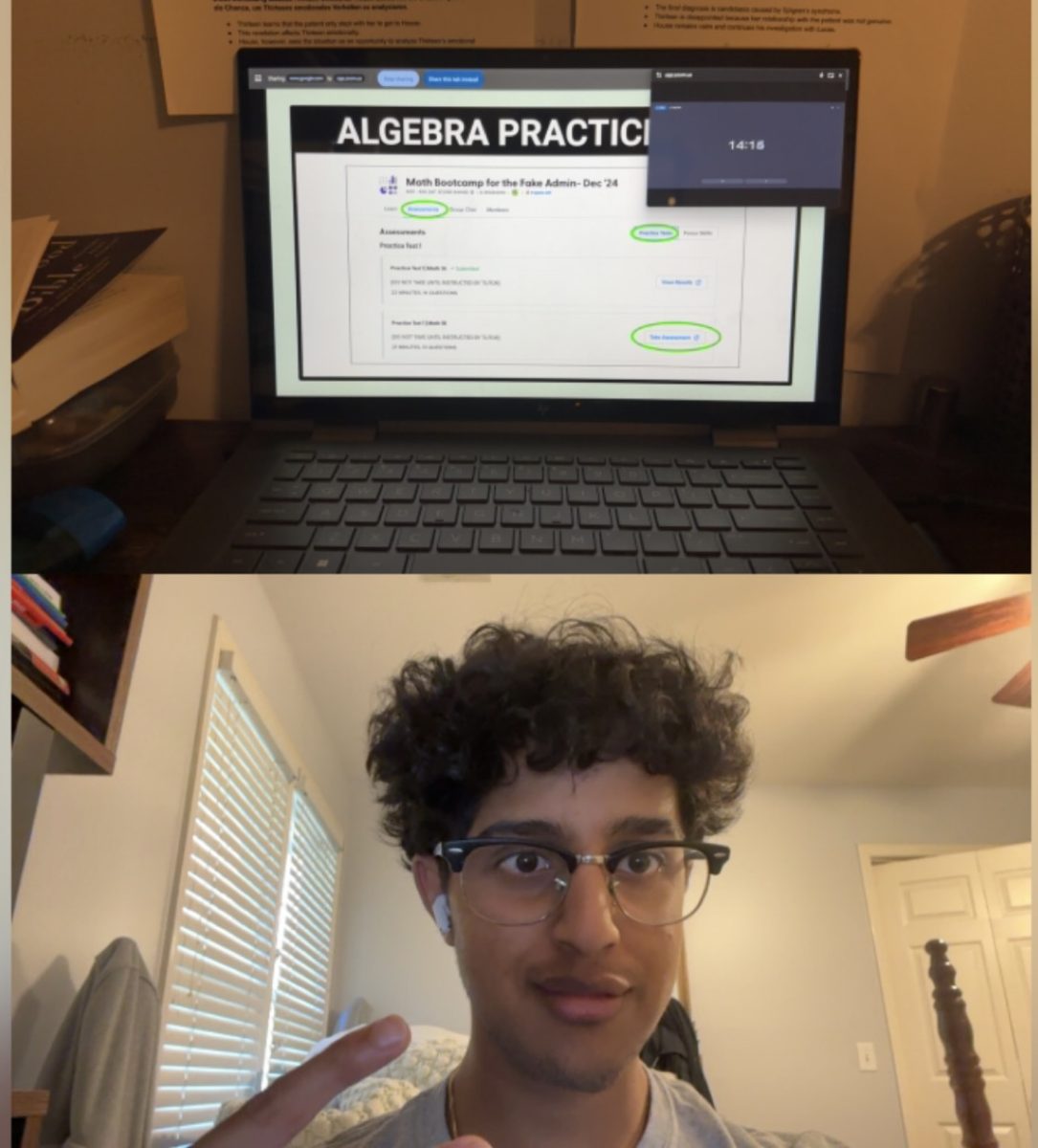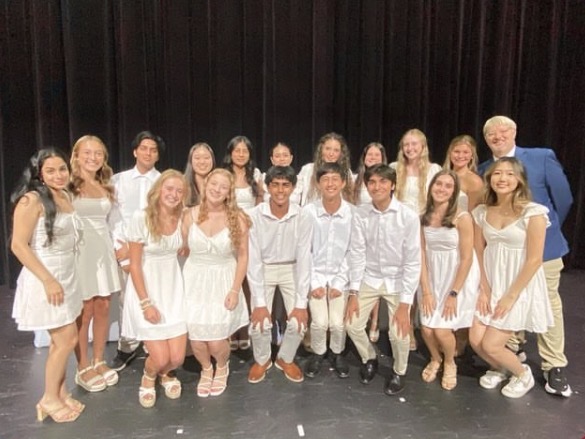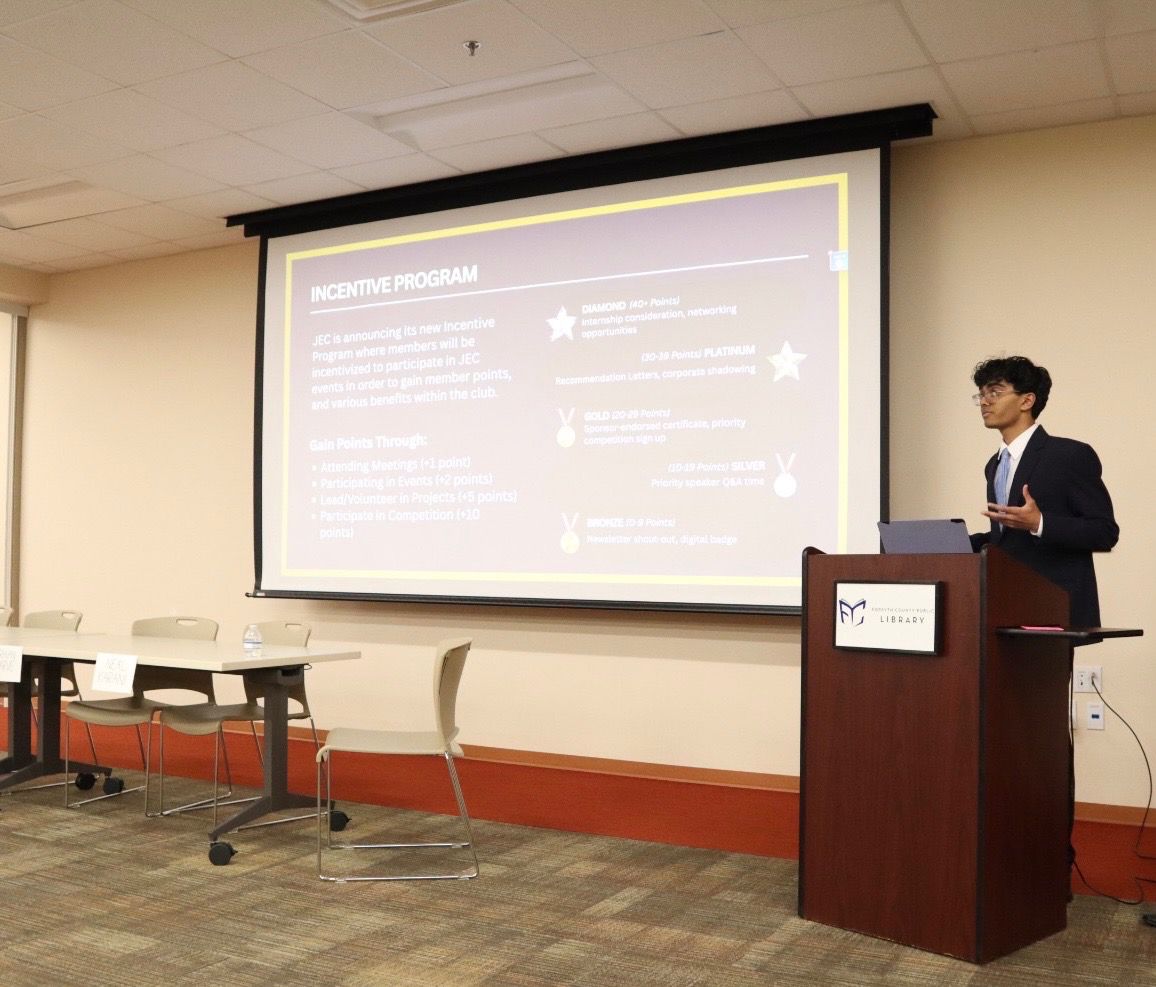Every year, a new trend or challenge takes social media by storm, prompting even the most hesitant users to join in. In 2025, that viral moment comes not from a dance or trending audio, but rather, nostalgia. Nearly 10 years later, Instagram has been flooded, once again, with videos of people doing the infamous Ice Bucket Challenge, dumping cold buckets of water onto their head and nominating others to join in the fun.
But, these challenges have always been more than just fun trends. In 2014, the Amyotrophic Lateral Sclerosis (ALS) foundation started the Ice Bucket Challenge to raise money for neurodegenerative disease research. They were extremely successful, raising over $115 million dollars. This time, students from the University of South Carolina’s Mental Illness Needs Discussion (Active MINDS) club have given the challenge a twist, using it to raise awareness and money for mental health, giving it the hashtag #SpeakYourMind. Although the challenge is still ongoing, the non-profit organization has already received $242,000 in donations. This resurgence highlights more than just Generation Z’s love for nostalgia; it shows how social media has evolved into one of the most powerful tools for fundraising.
Social media fundraising has become a staple for most nonprofits. According to Nonprofit Tech for Good, 87% of nonprofits globally use social media for digital marketing and fundraising. While the global reach that social media such as Instragam, Tiktok and other platforms offer makes it an obvious choice for fundraising, nonprofits often face many challenges when attempting to appeal to billions of online. It is extremely hard for nonprofits to make content or create trends that push people to donate, as most potential donors just scroll away.
For example, even with the USC Ice Bucket Challenge, the impact has been mixed. Many people simply just do the challenge, ignoring the reason it started and forgetting to donate to the cause.
“Sometimes it’s difficult to remember that [the USC Ice Bucket Challenge] not just a trend,” junior Tarania Ramesh explained. “Most of the people our age didn’t really donate..I didn’t even know there was a link to donate.”
Most social media fundraising campaigns face this huge problem. Even if something goes viral and gains a lot of participation, that doesn’t translate into a big impact in the donation pool. Audiences tend to overlook the original purpose of the campaign, creating a need for more sustainable fundraising techniques to truly succeed.
In many cases, the bulk of the donations don’t come from the general public, but from high-profile figures and large organizations. The original ALS Ice Bucket Challenge succeeded in part because of its celebrity involvement. Singers, actors, athletes and even the- President of the United States Barack Obama took part in the challenge, whether it be through a simple donation or actually partaking in the Ice Bucket Challenge. This level of attention is rare, though the USC challenge has been able to replicate it to an extent. For smaller non-profit organizations, this would be impossible to replicate organically.
“When I was younger, people like Taylor Swift did the ALS challenge..and really big celebrities donated,” Ramesh pointed out. “The USC challenge just started so it could reach up to bigger celebrities and get more donations like the ALS challenge.”
For any social media fundraiser, the hope is that the right person sees it, shares it and amplifies it to an audience who may actually take action. However, banking on virality and celebrity endorsements is not a sustainable strategy at all. Trends like these will fizzle out fast and the impact, while impressive, can be short-lived.
That is why it is extremely important for nonprofits to think beyond trends. Social media offers an unmatched ability to spread messages quickly, but lasting impact comes from intentional storytelling, clear calls to action and accessible donation pathways.
Aside from nonprofits, the youth who are most active on social media should also start engaging with trends more thoughtfully. It’s easy to get swept up in the fun of a challenge, but these moments come with the opportunity to be more than a passive participant. Tagging a donation link or mentioning the nonprofit behind the movement can be easy small efforts that help bridge the gap between awareness and action.
At the end of the day, the role that students play as digital citizens is extremely important in the current fast-paced age. While non-profit organizations must think strategically about fundraising beyond social media, it’s up to young people to engage with purpose in the trends they consume and think about the impact they will have as a generation.















